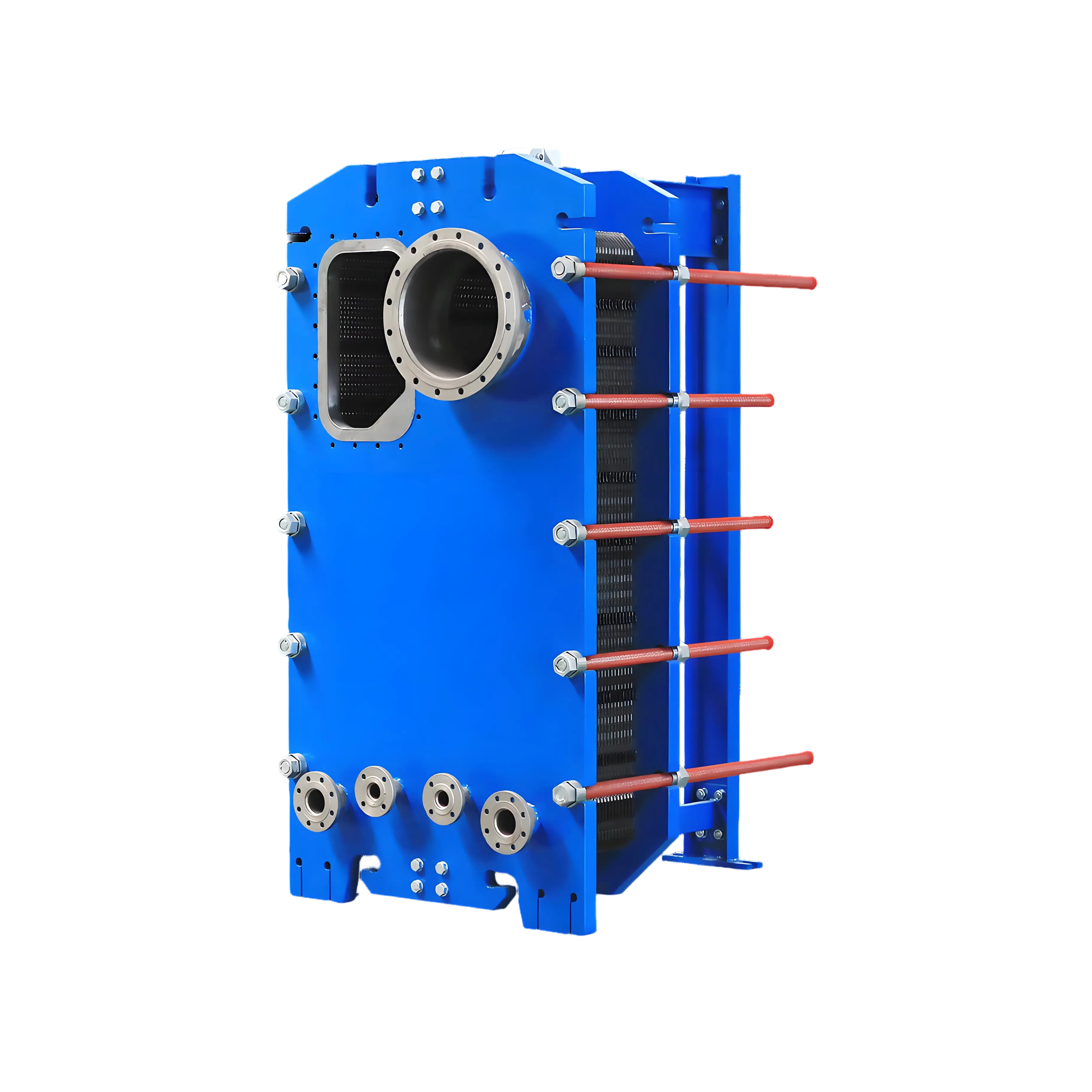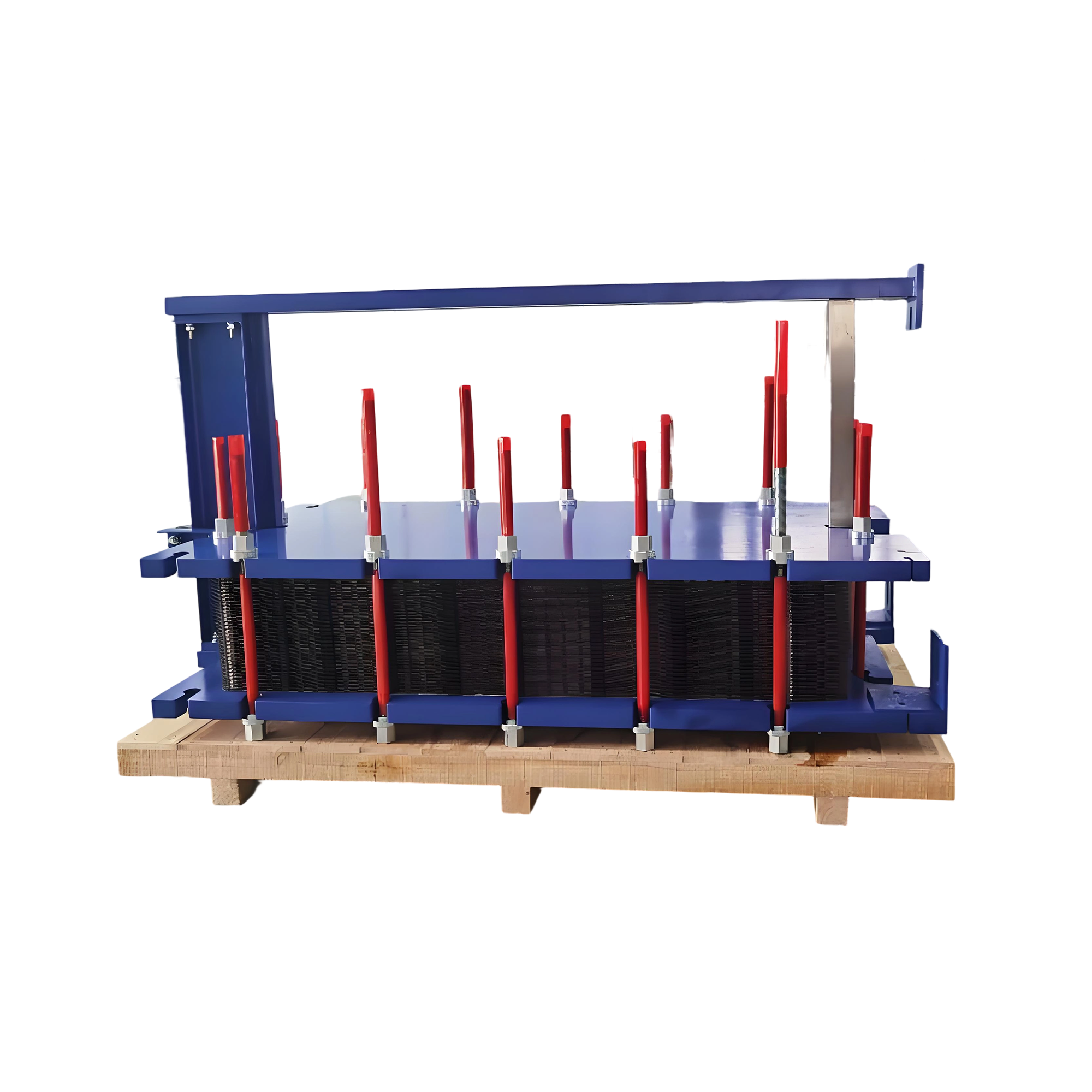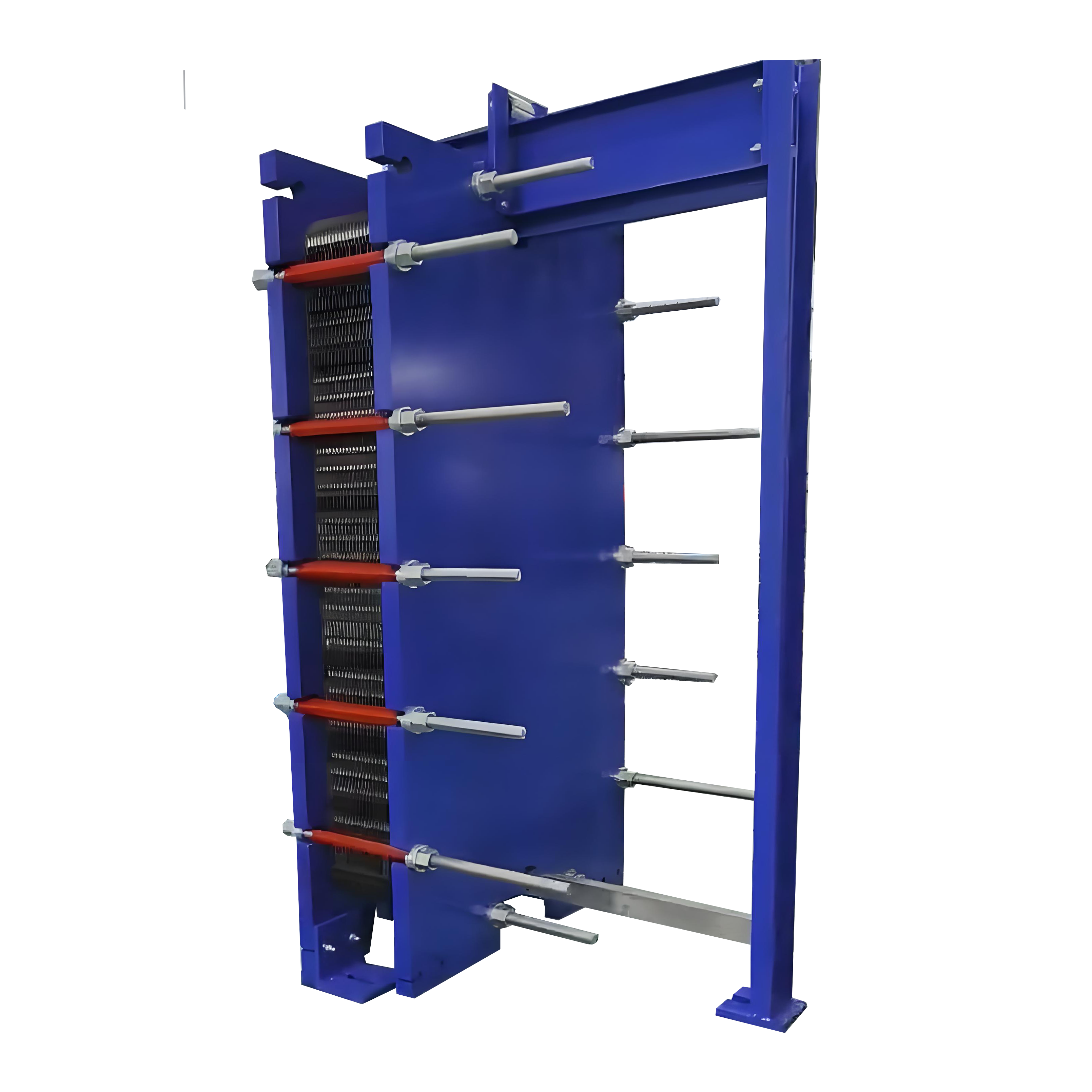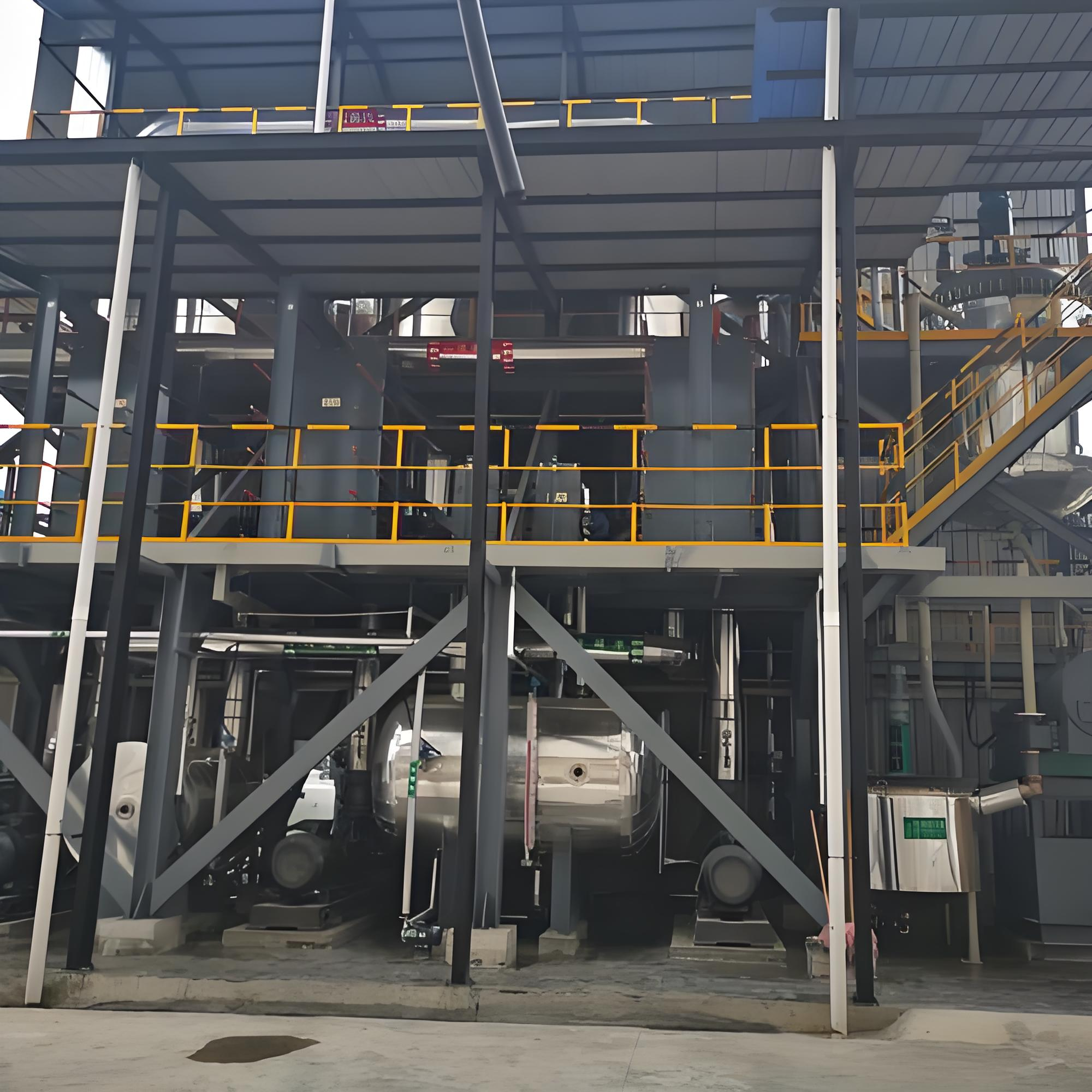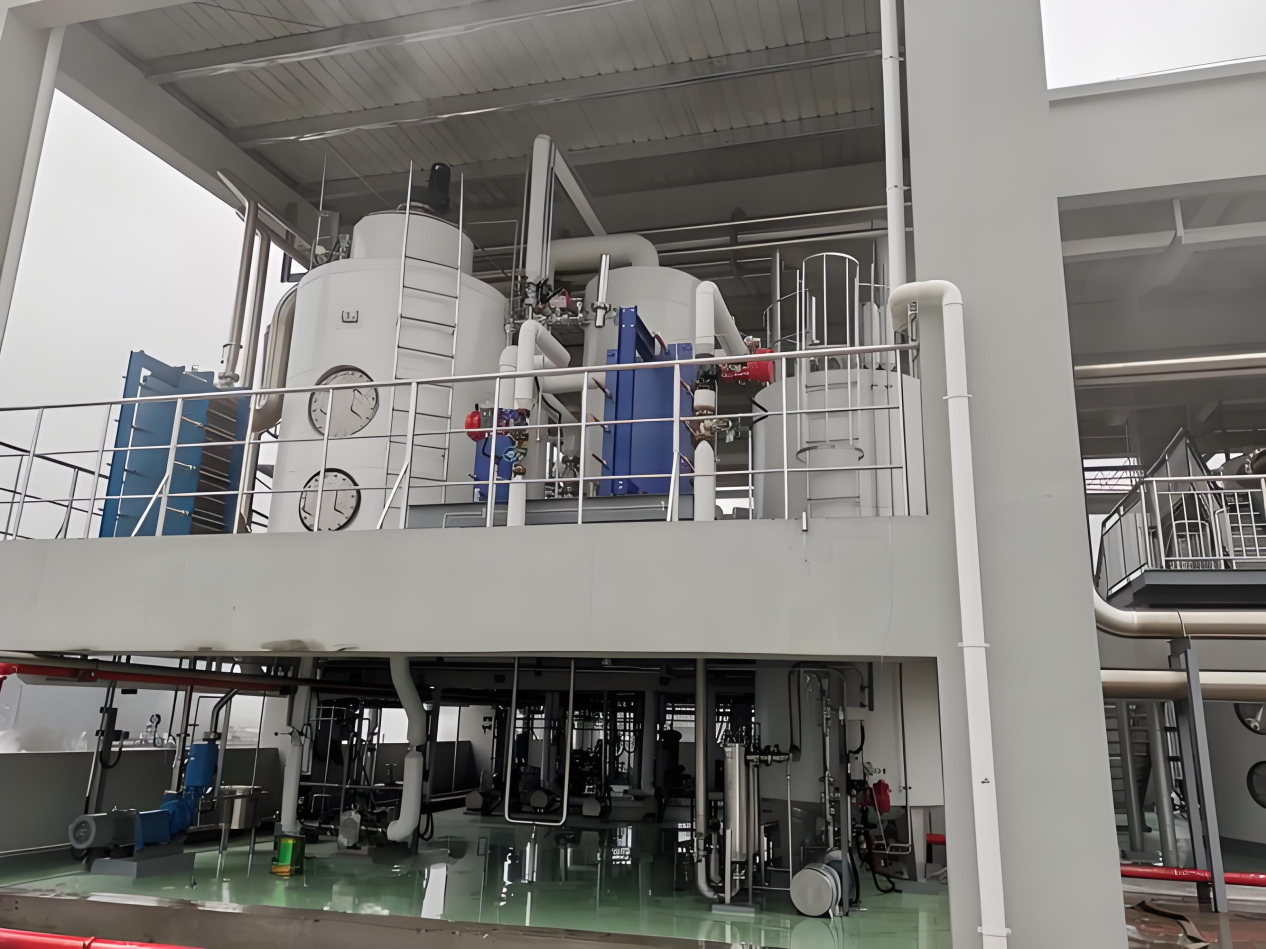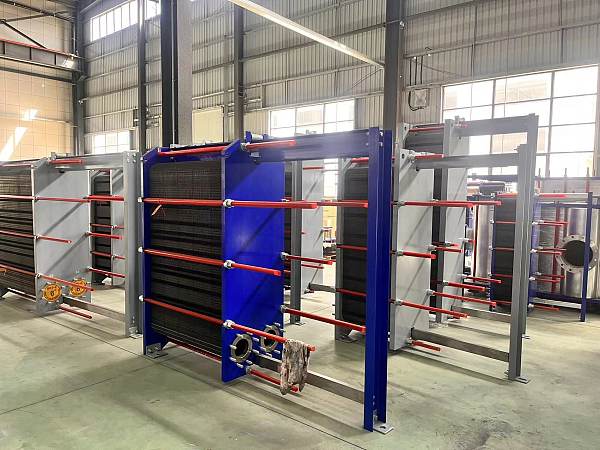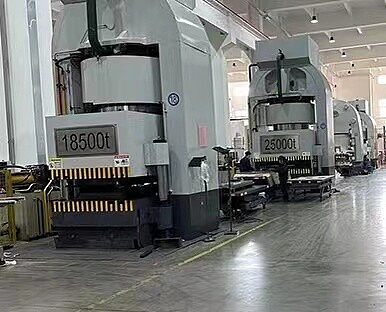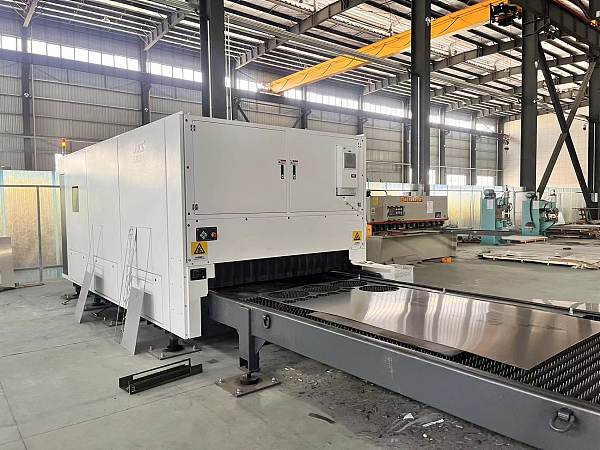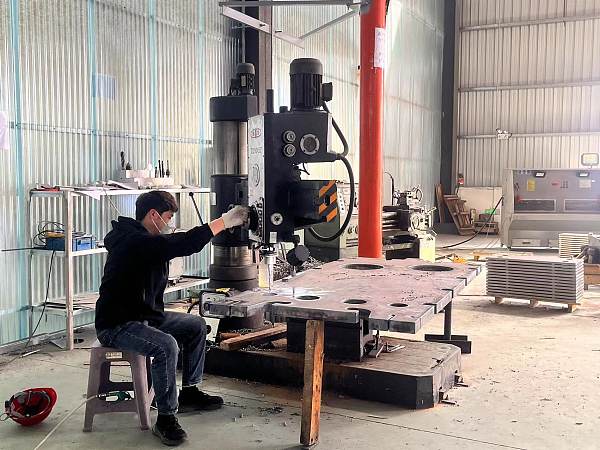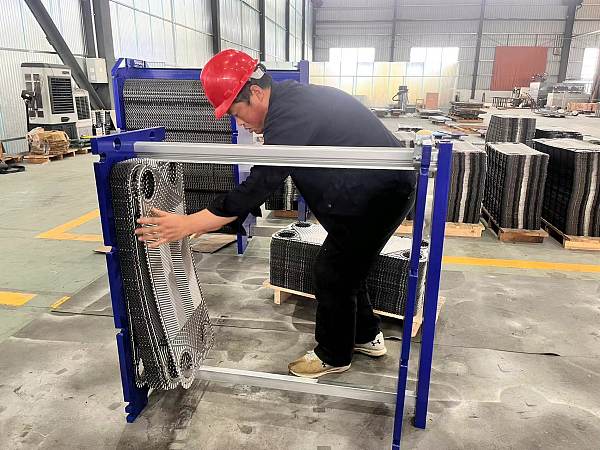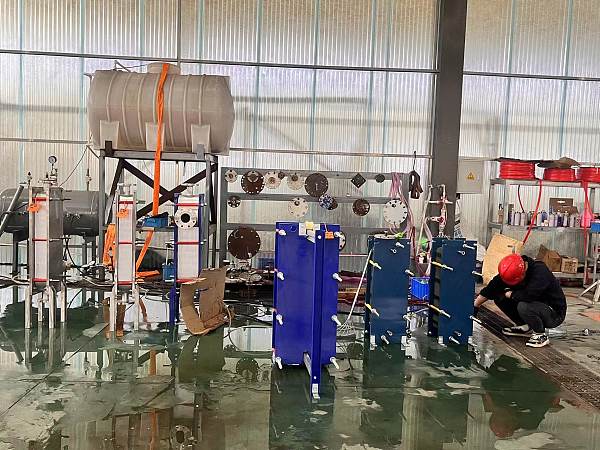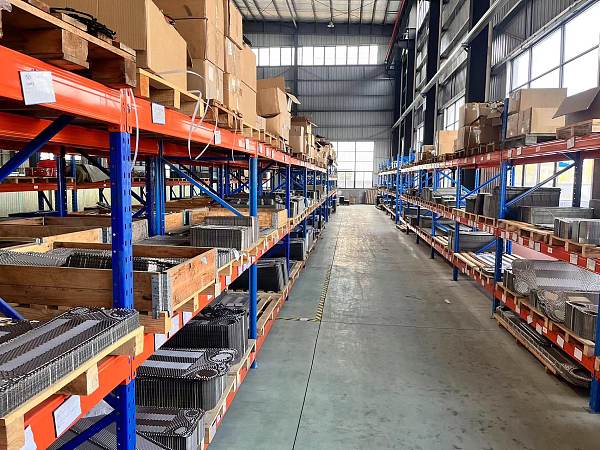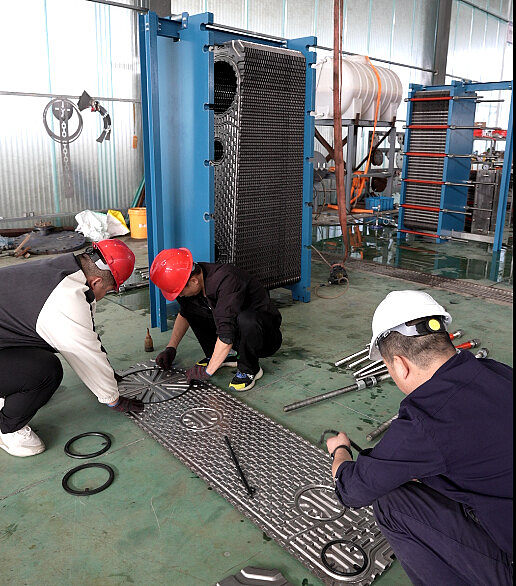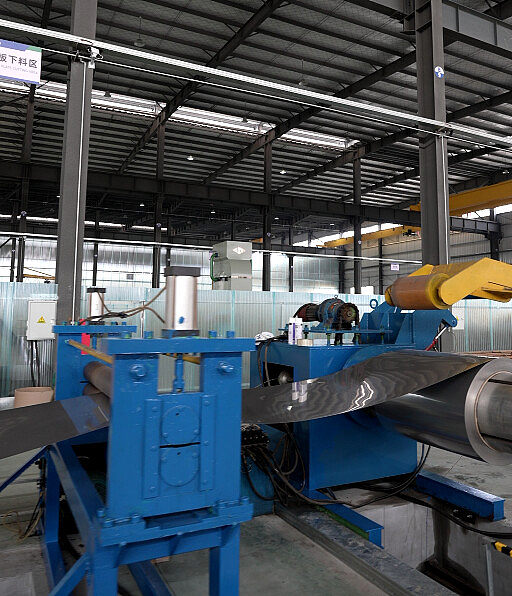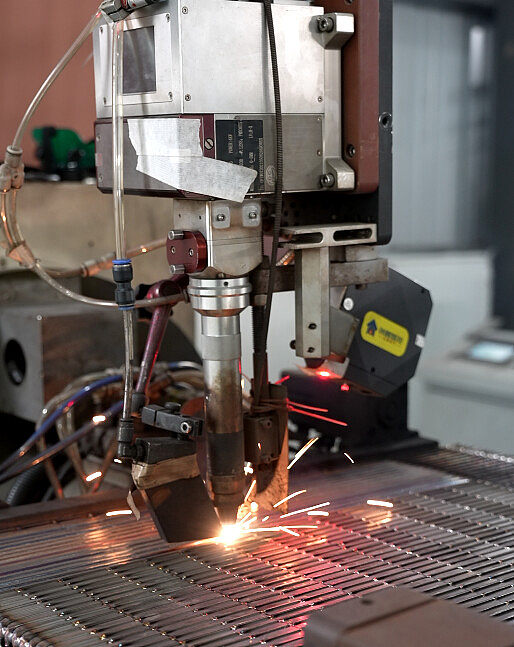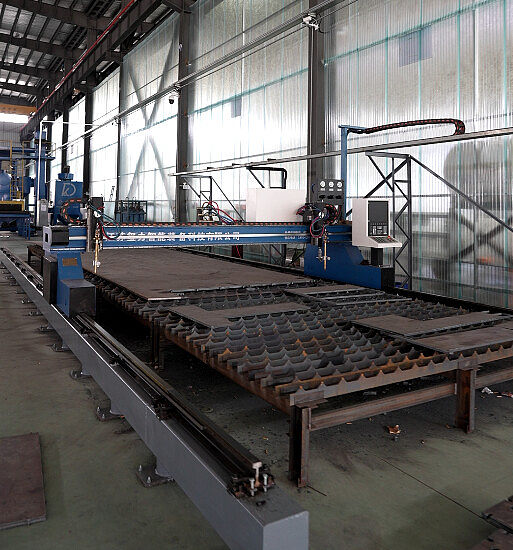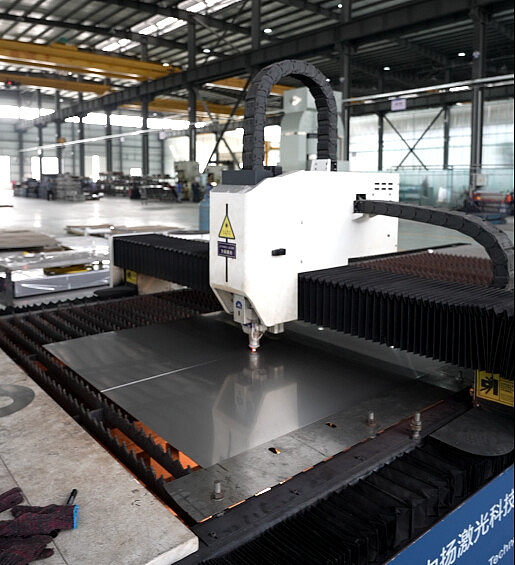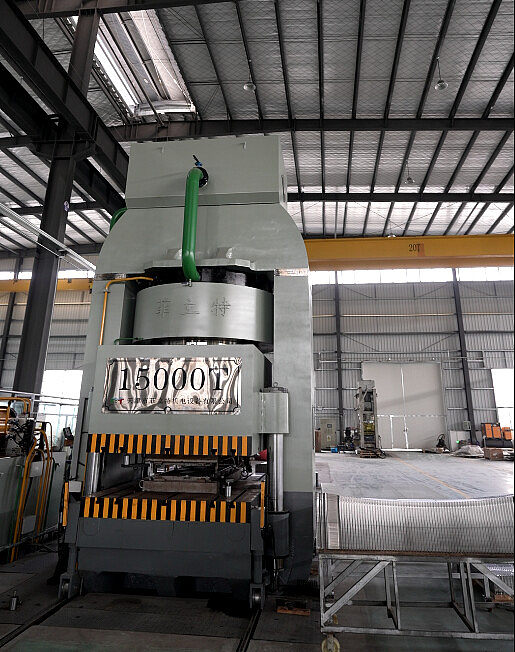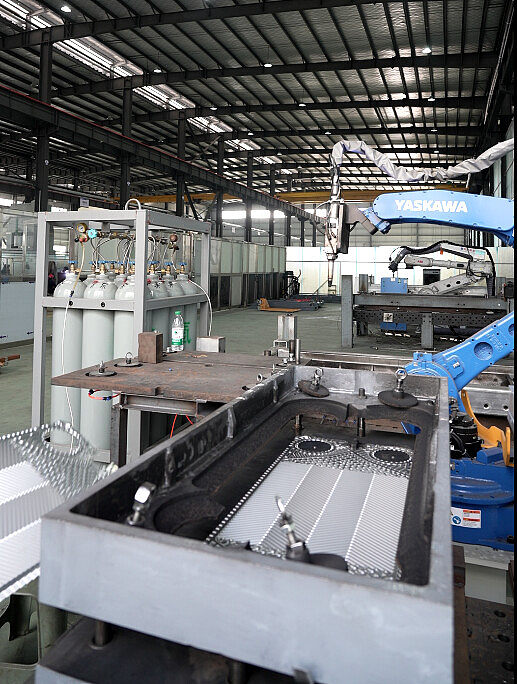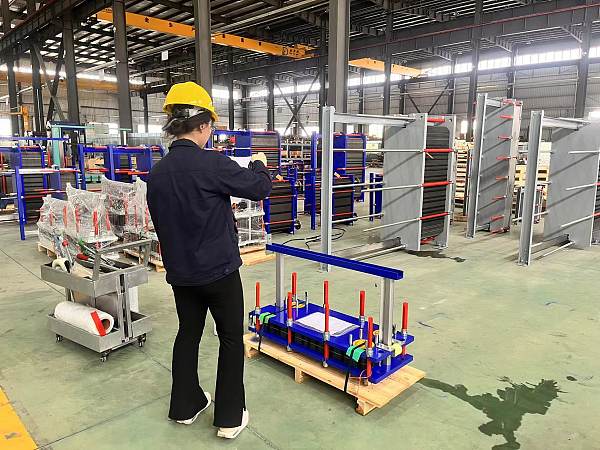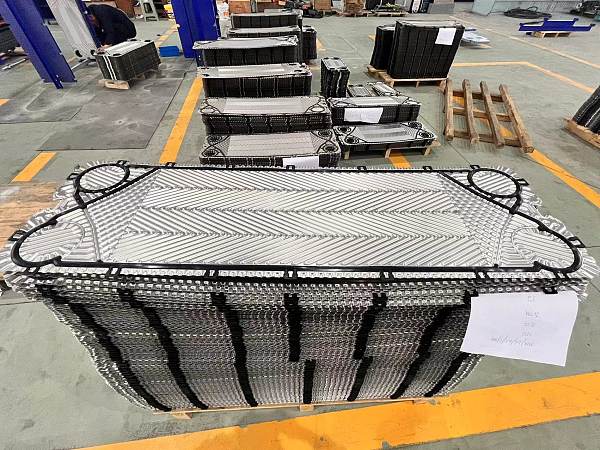Plate Evaporators
What is a Plate Evaporator?
A plate evaporator is a type of heat exchanger used in evaporation processes where liquid is concentrated by removing solvent (usually water) through vaporization. It consists of multiple corrugated plates assembled in a frame, forming channels for the liquid and heating medium (typically steam). The large surface area of the plates enhances heat transfer efficiency.
Advantages of Plate Evaporators vs. Other Evaporators
Advantages
High Thermal Efficiency
The corrugated plates create turbulence, improving heat transfer coefficients (3–5x higher than shell-and-tube evaporators).
Compact Design
Requires less space than tubular or rotary evaporators due to high surface-area-to-volume ratio.
Easy Maintenance & Cleaning
Plates can be disassembled for inspection, descaling, or replacement.
Flexibility in Capacity
Additional plates can be added to increase capacity without major structural changes.
Low Liquid Hold-up Volume
Suitable for heat-sensitive products (e.g., food, pharmaceuticals) with short residence time.
Energy Savings
Can operate at lower temperature differences, reducing steam consumption.
Disadvantages
Limited Pressure / Temperature Range
Gasketed plates may fail under very high pressure/temperature (welded designs mitigate this).
Fouling Risk
Not ideal for highly viscous or particle-laden fluids (requires frequent cleaning).
Higher Initial Cost
More expensive than simple evaporators like submerged-tube types.
Gasket Degradation
Rubber gaskets may deteriorate with aggressive chemicals or high temperatures.
Materials Used in Plate Evaporators
Plate evaporators are constructed from materials resistant to corrosion and thermal stress:
Common for food, dairy, and mild chemical applications.
Used for corrosive fluids (e.g., seawater, acidic solutions).
For extreme pH or high-temperature processes.
Highly corrosion-resistant but expensive (used in aggressive chemicals).
Gaskets are typically made from:
For hot water/steam.
Resistant to oils and acids.
Chemically inert but less flexible.
Industrial Applications of Plate Evaporators
Plate evaporators are widely used in industries requiring efficient, scalable evaporation.
Plate evaporators are highly efficient and compact systems used across various industries for liquid concentration, solvent recovery, and waste reduction. Below is a detailed explanation of their process mechanisms in key application areas:
Concentration of fruit juices, milk, sugar syrups.
Applications:
- Fruit Juice Concentration (e.g., orange, apple)
- Dairy Processing (milk, whey)
- Sugar & Syrup Production
Process Mechanism:
- Liquid is distributed evenly across the top of the plates, forming a thin film.
- Steam flows on the opposite side, heating the liquid and evaporating water.
- The concentrated product is collected at the bottom, while vapor is condensed or reused (e.g., in Multi-Effect Evaporation).
- Vacuum may be applied to lower boiling points, preserving flavors and nutrients (e.g., for heat-sensitive juices).
- Vapor recompression (MVR – Mechanical Vapor Recompression) is often integrated to improve efficiency.
Gentle evaporation for heat-sensitive drugs/vaccines.
Applications:
- Active Pharmaceutical Ingredient (API) Concentration
- Vaccine & Serum Processing
- Solvent Recovery (e.g., ethanol, acetone)
Process Mechanism:
- Operates under vacuum to minimize thermal degradation of sensitive compounds.
- Short residence time prevents protein denaturation or drug decomposition.
- Sanitary stainless steel (316L) or titanium plates ensure compliance with GMP (Good Manufacturing Practice).
- CIP (Clean-in-Place) systems are used for sterilization.
- Often combined with crystallization or lyophilization (freeze-drying) for final product formulation.
Recovery of solvents, brine concentration, acid purification.
Application:
- Acid & Alkali Concentration (e.g., sulfuric acid, NaOH)
- Brine Treatment (e.g., NaCl, KCl solutions)
- Waste Solvent Recovery
Process Mechanism:
- Titanium, Hastelloy, or PTFE-lined plates are used for aggressive chemicals.
- Pumps maintain flow in viscous or scaling-prone fluids.
- Combined with crystallizers to recover salts and minimize wastewater.
Volume reduction of industrial effluents.
Pre-concentration of seawater before crystallization.
Application:
- Industrial Effluent Volume Reduction
- Landfill Leachate Treatment
- Seawater/Brackish Water Pre-Concentration
Process Mechanism:
- Plate evaporators reduce liquid volume before crystallization.
- MVR (Mechanical Vapor Recompression) recycles vapor to cut energy costs.
- Regular CIP (Clean-in-Place) cycles prevent scaling from salts (e.g., CaSO₄, silica).
Application:
- Black Liquor Concentration (Kraft process byproduct)
- Lignin Recovery
Process Mechanism:
- Multiple-effect evaporation improves energy efficiency.
- Plate spacing is adjusted to avoid clogging from fibrous materials.
Summary of Key Process Features Across Industries
Plate evaporators adapt to different industries by modifying
Flow configuration (falling film, forced circulation)
Operating pressure (vacuum for heat-sensitive products)
Material selection (stainless steel, titanium, nickel alloys)
Energy recovery (MVR, multi-effect systems)
Their modularity, efficiency, and scalability make them ideal for diverse evaporation needs, from food processing to hazardous chemical recovery.
Plate evaporators offer superior heat transfer, compactness, and modularity but face limitations in extreme conditions or fouling-prone fluids. Material selection depends on chemical compatibility, while their applications span food, chemicals, and environmental sectors. Welded and gasketed variants cater to different operational needs, balancing cost and performance.
Frequently Asked Questions
Answer: We are a factory manufacturing plate heat exchangers in Jiangsu, China. More than 15 years ofproduction experience.
Answer: Sure, Welcome coming to visit our factory! We are located in No.198 Zhongshan Road, Qiaoqi, Xuxiake Town, Jiangyin City, Jiangsu, china.
Answer: It depends on which product you purchased, factory workload, outsourcing period of specialmaterial etc.Our fastest delivery time for Gasketted plate heat exchanger is ex-works 2~3 weeksafter replacement oforder.
Answer: We guarantee our product quality in the process of manufacturing, such as:
Raw material check,e.g.PMl, traceability.
Manufacturing process inspection.
Plate pressing inspection.eq.PT RT.
Welding inspection,eg.WPS,PQR,NDE,dimension.
Assembly inspection.
Final assembly dimensionalinspection.
Final hydraulic test.
Contact us
Whether you have questions about our products, need a quote, or want to discuss a custom order, our team is ready to assist you.
Get Free Quotes
Please enter what you would like to know and we will contact you within 24 hours.

King DuPont, China famous brand of heat transfer and fluid handling supply platform.
Contact

Get Free Quotes
NEED TO CHAT?
We will get back to you within 24 hours of receiving the message.


